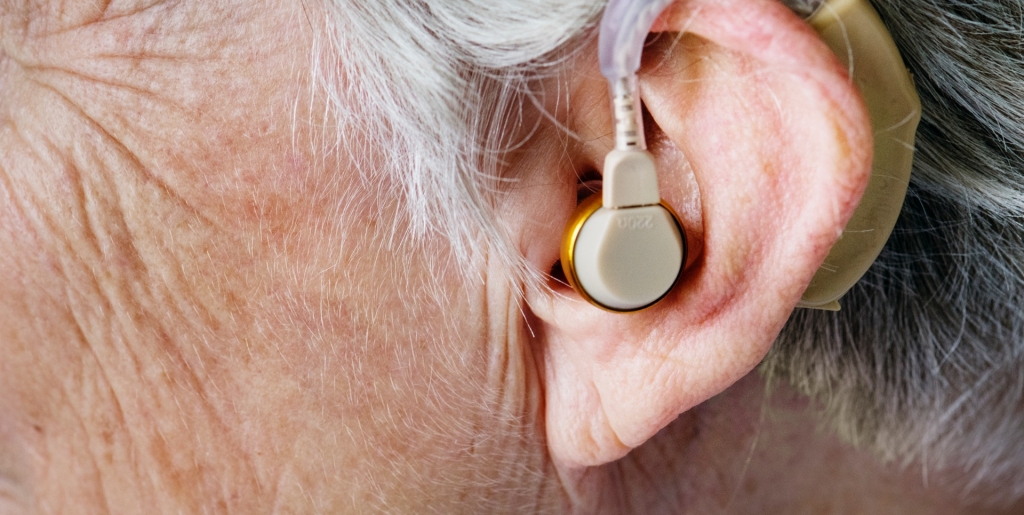Cochlear Implants
For the deaf community, Cochlear implants are a medical miracle. An electronic medical device that essentially replaces the functioning of a previously damaged inner ear, the cochlear implant makes sounds louder which in turn provide sound signals to the brain. This is an excellent alternative to those with moderate to profound hearing loss, receive little or no benefit from standard hearing aids, or those who score less than 65% on sentence recognition tests administered by hearing professionals.
To be a candidate for a cochlear implant, one needs to have suffered hearing loss where the cochlear (the inner ear) has been damaged. A sound processor is worn behind the ear that captures the sound and transfers it to digital code. A coil is then used to move the sound and the digital code eventually arrives to the brain through impulses that are interpreted and can be responded to. The immediate benefits are rather clear – better hearing, improved focus in noisy environments, reconnecting with missing sounds, being able to talk on the phone, and of course, enjoying music.
First invented in 1957 by Andre Djourno and Charles Eyries, later in 1964 at Stanford University researchers were able to implant the first cochlear into a patient. As of 2010 roughly 180,000 people had been fitted with an implant. By 2012 that number had jumped to 324,000 and in 2016 it is estimated over 600,000 people use a cochlear implant. The general cost is about $100,000. Depending on your country this can be covered by national health insurance plans that places like the U.K., Australia, Ireland, Spain and Israel count on. A fascinating study by St. John’s University revealed that cochlear implants can save anywhere between $30,000 and $50,000 per year in special-education costs for kids that are outfitted at an early age.
In the U.S. three main manufacturers operate in the cochlear implant sphere – MED-EL, Advanced Bionics and Cochlear Limited. Apparently, it is a tough market to enter which is why you only have a choice of three for now. Now, despite all the accolades that result from having a cochlear implant, some in the deaf community are not too keen on its use. The first language of the deaf community is sign language, and a cochlear implant enables sound to be heard. This poses a risk to sign language being used as a primary language and also carries with it cultural implications. The deaf community has a long history wrestling with the argument of manualism vs. oralism. Manualism lies at the heart of sign language, something valued and cherished. A cochlear implant brings with it oralism which by nature would replace manualism to some extent.
Regardless of what side of the aisle you fall on, a cochlear implant is a medical miracle and should be treated as such. Bringing hearing back to those who have lost it is an incredible, and laudable feat.


Comments:
Login to leave a reply